This is a free fortnightly newsletter about the New Zealand Net. If you would like to be notified by email when a new edition is published, please contact ZL1NZ.
Browse our Newsletter Archive and List of Net Tips.
QUA ZL2GD
Featured key

A&W McCarthy semi-automatic Morse key. Photo: ZL2RX, NZ Morse Key Directory
Here’s a bit of New Zealand Morse Code history. These semi-automatic keys were sold by A&W McCarthy of Dunedin and Invercargill, and are believed to have been made in New Zealand.
Roger ZL2RX bought this one from McCarthy’s Dunedin shop in 1968. And yes, that is the original colour.
Roger comments that the key is quite light for a bug (only 777g) and seems to have a cast alloy base.
“I used it at sea for many years, which is why it got damaged. It did not work well in storm conditions and often ended up being chucked about by the motion of the ship. I have to hold it down whilst keying, or screw it down to the operating table.”
Roger has done some rebuilding of his bug, particularly around the damper frame.
“What you see in the pictures is 90% original parts including screws, etc.”
* If you have an interesting key for this feature, please send me a nice clear photo and a few words describing it.
Quick notes
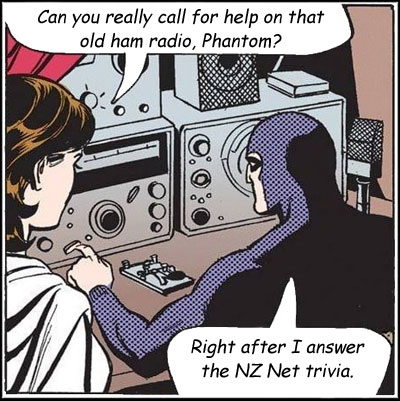 Covid restrictions in Auckland have eased a bit, with retail shops opening this week for the first time since mid August. So, now we can complain about the traffic again. And I don’t mean QTC.
Covid restrictions in Auckland have eased a bit, with retail shops opening this week for the first time since mid August. So, now we can complain about the traffic again. And I don’t mean QTC.
The arrival of spring has not been kind to trans-Tasman signals. We’ve pretty much lost VK3DRQ although we know you’re trying to QNI, Manny! Sunset in Melbourne is about 0900Z at the moment – well after the NZ Net. On a couple of recent occasions Manny has been readable only at ZL2GD. As Manny says: “For sure he must have very BIG ears!” Must ask Grant for a photo of his ears. 🙂
ZL2GVA goes full break-in. Gerard has a new rig – a 5-watt QCX transceiver which allows him to enjoy the many benefits of full break-in. “QSK is very good, as I never used it (my FT-897 doesn’t do it, only semi and I don’t like the clicking relays all the time),” says Gerard. “It’s funny: like listening to your own signal as you hear the static in between your sending.” Gerard says the receiver is quite good too, but he plans to add AGC.
The theme of this newsletter is “North Atlantic”. Not intentionally, but It’s a nice bit of serendipity as you’ll discover while reading.
Net numbers
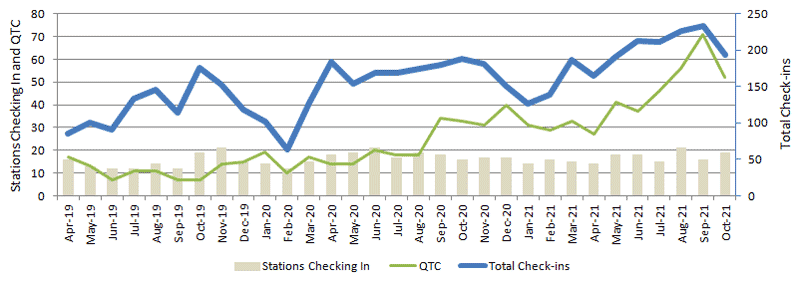
October was a quiet month on NZ Net, with 194 check-ins from 19 stations. The net handled 52 pieces of formal traffic, for an average of just under 2.5 radiograms per session.
Here is the monthly QNI report:
NR81 R ZL1NZ 47/44 AUCKLAND 0800Z 1NOV21 = NZ NET = OCTOBER QNI ZL1AJY 3 ZL1ANY 20 ZL1BWG 18 ZL1NZ 20 ZL1PC 2 ZL1RD 4 ZL2GD 18 ZL2GVA 20 ZL2KE 8 ZL2LN 6 ZL2WT 2 ZL3RX 1 ZL3TK 21 ZL4CU 6 ZL4FZ 1 ZL4KX 15 VK2MZ 1 VK3DRQ 21 VK4PN 7 TOTAL 194 QTC 52 = ZL1NZ
Photo flashback

Although the casual attire seen here may be acceptable when simply exchanging semi-formal traffic, NZ Net operators are reminded that formal traffic demands formal dress.
(I have no idea where this photo came from.)
The unmistakable distress signal
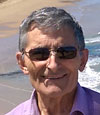 By Manny VK3DRQ
By Manny VK3DRQ
The previous Net Tip about things we must not transmit caught my eye. SOS is, of course, strictly reserved for emergencies and, we all need to know, and instantly recognise, the SOS signal – and hope that we never actually hear it over the air, or need to send it ourselves. What a great truth!
The first, last and only time I heard that signal was in the mid 1960s, and it made me jump. It was only about five or six months after the sinking of my ship Monte Palomares in the North Atlantic.
I was sailing on the ship Monte Peñalara as an electrician, possibly bound for New Orleans (I cannot recall exactly). While resting during my off-duty in my cabin, with my radio on the AM broadcasting band, I was electrified when some unusual signals were mixed with the AM signals. Very husky and almost indecipherable signals. It took me only an instant to recognise them as an SOS.
I ran up to the radio room and told the R/O about it. He quickly turned the radio on and yes, it was a ship being attended to by the US Coast Guard who were NOT too impressed about it. The ship only had a fire in the engine room, and that is not an Emergency!
QSO party this weekend marks centennial of Transatlantic Tests
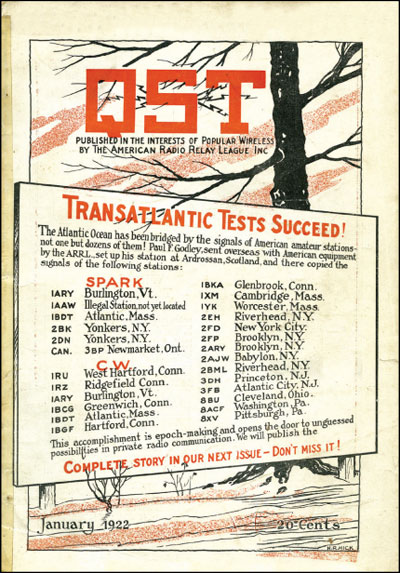 11 December 1921 is one of the most important dates in amateur radio history. That’s when members of the Radio Club of America (RCA) and the American Radio Relay League (ARRL) successfully transmitted signals that spanned the Atlantic Ocean. Their achievement paved the way for New Zealand amateur Frank Bell’s ultimate radio contact less than three years later when he successfully communicated with England, on the other side of the globe from his station in East Otago.
11 December 1921 is one of the most important dates in amateur radio history. That’s when members of the Radio Club of America (RCA) and the American Radio Relay League (ARRL) successfully transmitted signals that spanned the Atlantic Ocean. Their achievement paved the way for New Zealand amateur Frank Bell’s ultimate radio contact less than three years later when he successfully communicated with England, on the other side of the globe from his station in East Otago.
During the month of November 1921, a group of RCA members, led by Major Edwin Armstrong, quickly pulled together an amateur radio transmitting station in Greenwich, Connecticut. It was the cutting edge of the era: a 990 watt CW station at 1.3 MHz, a frequency considered by the professionals to be much too high to be useful. In Ardrossan, Scotland, Armstrong’s new superheterodyne receiver, combined with RCA member Harold Beverage’s new wave antenna, allowed state-of-the-art selectivity and sensitivity. The missing piece? The ionosphere: speculated to exist and to work for long distance at these new so-called shortwaves. On 11 December 1921, it all came together and station 1BCG made it across, the first of about two dozen amateur radio stations heard.
RCA President John Facella K9FJ notes: “Hams, through the innovations of RCA members, used ingenuity, smaller, state-of-the-art electronic equipment, and new bands and mode to connect the continents. That set the pace for the 100 years of smaller and higher performance telecommunications wonders that followed, making a truly connected world.”
The Radio Club of America is celebrating the 100th anniversary of the Transatlantic Tests by hosting a CW and SSB QSO Party from 1200Z, 13 November to 0400Z, 14 November on 160, 80, 40, 20, 15, and 10 metres, with 10 bonus points awarded (per band and mode) for contacting W2RCA. See contest details.
Adapted from W1YW, KE8JFW and the RCA website.
Review of Radio War
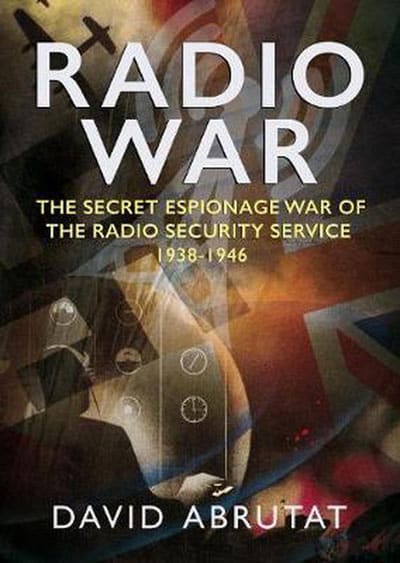 By Stan ZL3TK
By Stan ZL3TK
The mention of ‘Radio War’ by David Abrutat in News 67 is a timely reminder of a facility in the Horowhenua which may be of benefit to NZ Net operatives around the country.
The book reviews and introductory précis were so impressive that I really wanted to read it and began a search, but being so recently published, it was not to be found in any library’s catalogue. So with tongue-in-cheek, I recommended it to the local Te Tarere (Levin) Library Trust and requested a copy be bought. Since that was the latest in a long string of recommendations I’d made over four years without any result, I didn’t hold out much hope. Surprise, surprise! About nine weeks later an email arrived announcing ‘Radio War’ had become available and my name was at the top of the list to borrow it, which of course I did with some alacrity. Since then the book has been out on loan regularly, and upon looking at the buy price from RSGB of 25 British Pounds plus postage, suggest to those who are in no hurry but are interested in an informative read make use of the libraries Interloan Service, which is a considerably more economical solution than importing the book from the UK.
My opinion is a little less enthusiastic than the reviews I read, and is somewhat colored by the inclusion of lots of bare facts, often in tabular form, which the average reader is likely to find rather boring. Anyone expecting to read of derring-do adventures with fifth columns and hand-to-hand fighting, or indeed a battle of any sort, will be disappointed. While it is a very well researched book focusing sharply on the one subject, it has a tendency towards dryness; a book which informs admirably but fails to excite.
Another book to share?
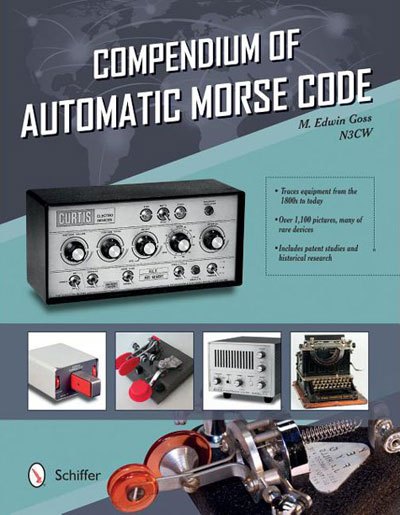 By Neil ZL1NZ
By Neil ZL1NZ
A book I’ve been keen to read is the Compendium of Automatic Morse Code, by Ed Goss N3CW, which was published in 2017.
Have you seen this book and, if so, what did you think of it?
It is expensive, with one UK-based book dealer on Trade Me offering it for NZ$257.61 delivered to New Zealand. I’ve seen it significantly cheaper elsewhere, but it’s still an investment that may only appeal to serious key collectors.
Here’s part of the publisher’s blurb:
Trace the evolution of automatic Morse code devices from the early 1800s to today through this informative text and over 1100 photos. Beginning with an overview of telegraphy and early key history, fifteen sections explore the equipment used to send messages over long distances. Featured are code readers, oscillators, Morse trainers, electronic keyers, single- and dual-lever paddles, portable paddles, automatic mechanical keys, accessories, and more. Each device is presented in text and images, some with classic advertisements; this combination allows the reader to appreciate device development and better understand the thinking that went into the design. Paddle and key maintenance and adjustment are also examined, as well as computer interfacing and use of the internet. The book also includes the results of patent studies and historical research, with many new findings presented, making it a must-have for collectors, ham operators, or anyone interested in the history of these communication devices.
CW Academy Advanced Course
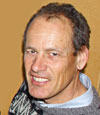 By Gerard ZL2GVA
By Gerard ZL2GVA
Over the last two months I’ve been following the CW Academy Advanced course, offered by CW Ops, which was a follow-on from what I did last year (the Intermediate course).
CW Ops is a US-based club with a worldwide membership of CW operators. The club has been promoting the use of Morse Code since 2010. As part of their aim to get more and better CW operators they are running a learning and training program called the CW Academy. The program is hugely successful with hundreds of people for each of the three terms each year. Plus it’s free of charge!
The Sept/Oct term this year had over 600 students, in 93 classes lead by 72 advisors (as the ‘teachers’ are called). The classes met twice a week, using Zoom (or such like), for an hour. The real learning of course happened outside this time, with a syllabus assigning homework for six days a week. It was quite full-on for eight weeks, with an expected study time of 30 to 60 minutes each day.
With the time difference, and me having to fit things around work hours, I wasn’t able to fit in a class for the intermediate course, so I ended up following the syllabus on my own, with weekly email support from Joe AA8TA.
After trying to get into the Advanced course since the beginning of the year, I finally got the long awaited email in August. Not perfect time-wise – 1800 UTC was 0600 here – but daylight saving did make things a bit easier halfway through! The advantage was having time for the homework in the evening.
Practice was centered on head-copy of general conversation, ‘standard’ QSOs and contesting. We used online audio files and the computer programs Morse Runner and RufzXP (well, I used QRQ on my Linux system) for callsign / contest-style copy. The Morse Runner sessions became quite realistic with pile-ups, dupes and requests for repeats. Towards the end we did some 60 minute sessions, WPX style, a bit of a test for the concentration!
My class was small, with just three students (two of them US-based), after one didn’t start and one had to pull out. We had two advisor/coaches (UK-based).
The meetings were a review of what was done and problems encountered, after which we did some head-copy / memory training, sending a growing list of words around the group. Remember: head-copy, so no pencils allowed! This was challenging at times being outside of our comfort zones, but progress was made (I hope!).
All in all, a couple of rather full months with plenty to do in the evenings. The meetings were good for keeping motivated and also good to see that others were having similar problems as yourself. I’m very happy to have been able to do the class and am very much aware that there’s still room for improvement!
Videos: North Atlantic weather ships
Here’s a set of three videos featuring weather ships from different decades. It’s interesting to see what changed, and what didn’t, over the years.
The radio rooms have some gear you’ll probably recognise. Those AR-88s were everywhere!
Weather Explorer 1947
Weather Observer (1952)
Weather Adviser (1965)
Advertising archive
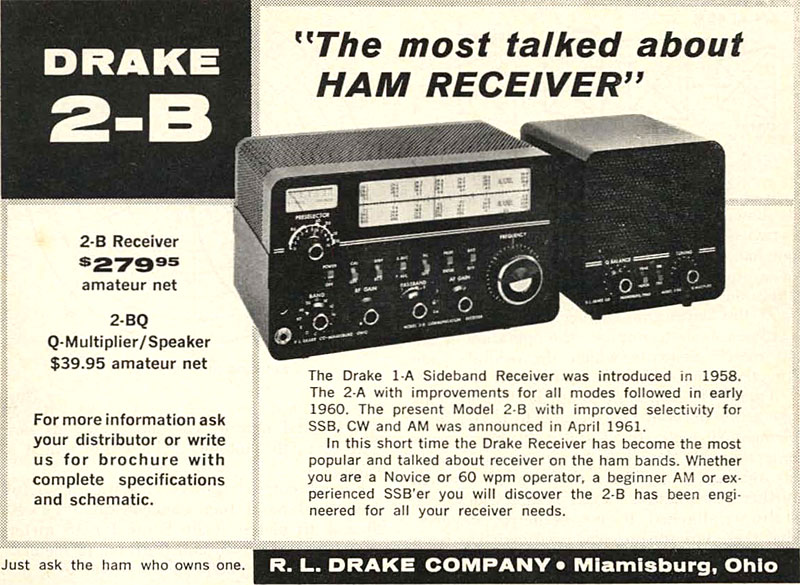
The Drake 2B was one of the best-performing receivers of its time and is still highly valued, especially with its companion Q-multiplier/loudspeaker. 73 Magazine, May 1963
Suggestions?
If you have suggestions on how to make the NZ Net better, or things you’d like to see covered in these updates, please contact ZL1NZ. You might even like to write something for the newsletter.
Thanks for reading, and I hope to hear you soon on the NZ Net!
—
Neil Sanderson ZL1NZ, Net Manager
New Zealand Net (NZ NET)
3535.0 kHz at 9pm NZT Mon-Fri


